Degenerative Disc Disease Fusion
Degenerative disc disease fusion. While you only need to choose between two types of degenerative disc disease surgeryspinal fusion surgery or artificial disc replacement surgeryyour choice is extremely important to your long-term health. Surgical fusion has become one of the most commonly performed procedures for degenerative disease of the lumbar spine. Oblique lumbar interbody fusion OLIF is a form of minimally-invasive lumbar interbody fusion LIF for the treatment of degenerative disc disease mild spinal spondylolisthesis spinal deformities and pseudarthrosis 1.
Have not found sufficient pain relief from extensive - usually at least six months - of non-surgical treatment such as. To do so the surgeon may need to remove part or all of the degraded disc. Even then he doesnt perform fusion often.
Due to uncertain evidence lumbar fusion for degenerative indications is associated with the greatest measured practice variation of any surgical procedure. Get a second and third opinion before surgery. Surgery involves removing the degenerated disc in its entirety or the disc material that has herniated onto the neural tissues.
The results of the collective studies did not differ statistically in any of the outcome measures based on level of evidence analysis of variance P 005. One of the most common sources of back pain degenerative disc disease happens when one or more of the discs that cushion the vertebrae along the spine start to deteriorate. Degenerative disc disease is a medical condition in which there are anatomic changes and a loss of function of varying degrees of one or more intervertebral discs of the spine of sufficient magnitude as to cause symptoms.
This review of 33 small studies 2267 participants evaluated fusion techniques used to treat degenerative disc disease. Spinal fusion surgery is an advanced procedure that strengthens the spine. To summarize the current evidence on the comparative safety and efficacy of lumbar fusion decompression-alone or nonoperative care for degenerative indications.
The disc is the cushion between the bones or vertebra of the spine. The major treatments were discectomy removal of the damaged disc alone addition of a fusion procedure bone transplanted from another part of the body cement or cage and addition of a plate. The root cause is thought to be loss of soluble proteins within the fluid contained in the disc with resultant reduction of the oncotic pressure which in turn causes loss of fluid volume.
In case of degenerative discs he doesnt do fusion at all because he knows the other discs are simply too weak to take over. The Tresca stresses are higher in the three degenerative models than in the normal model.
Degenerative disc disease is an age-related condition that often requires back fusion surgery.
The major treatments were discectomy removal of the damaged disc alone addition of a fusion procedure bone transplanted from another part of the body cement or cage and addition of a plate. To do so the surgeon may need to remove part or all of the degraded disc. ASD is extra wear and tear on spinal joints above and below the area of fusion. 1-3 Over the past decade the incidence of lumbar fusion for degenerative indications has more than doubled from 75 per 100 000 in 2000 to 178 per 100 000 in 2009. Get a second and third opinion before surgery. Spinal fusion surgery is an advanced procedure that strengthens the spine. Surgical fusion has become one of the most commonly performed procedures for degenerative disease of the lumbar spine. Have ongoing low back pain that limits their. The disc is then replaced with an artificial disc or prosthetic and held in place with a plate.
Due to uncertain evidence lumbar fusion for degenerative indications is associated with the greatest measured practice variation of any surgical procedure. Lumbar spinal fusion surgery for low back pain caused by degenerative disc disease is usually considered an option for patients who. Get a second and third opinion before surgery. If you are considering spinal fusion surgery for a degenerative disc or other problem you may be at risk for adjacent segment degeneration ASD. To do so the surgeon may need to remove part or all of the degraded disc. If you have degenerative disc disease that is still causing neck or lower back pain even after medical treatments you are probably considering your surgical options. In case of degenerative discs he doesnt do fusion at all because he knows the other discs are simply too weak to take over.

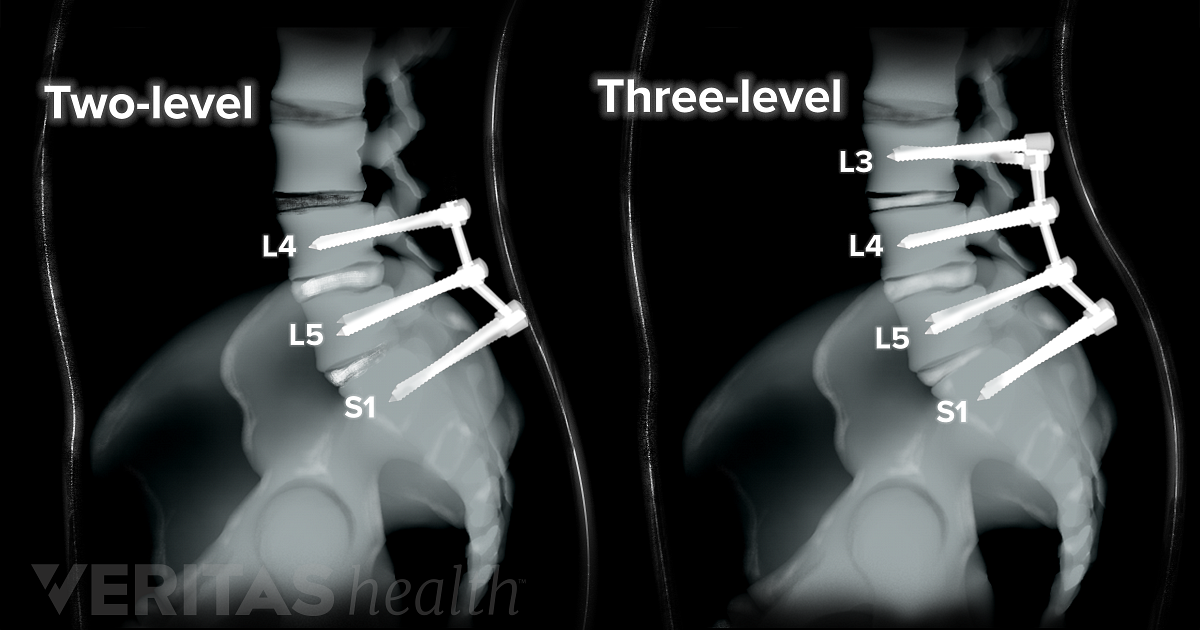
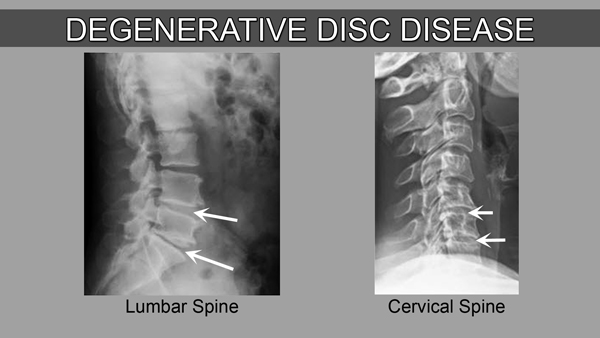
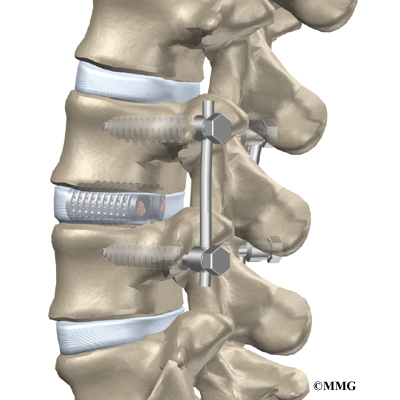
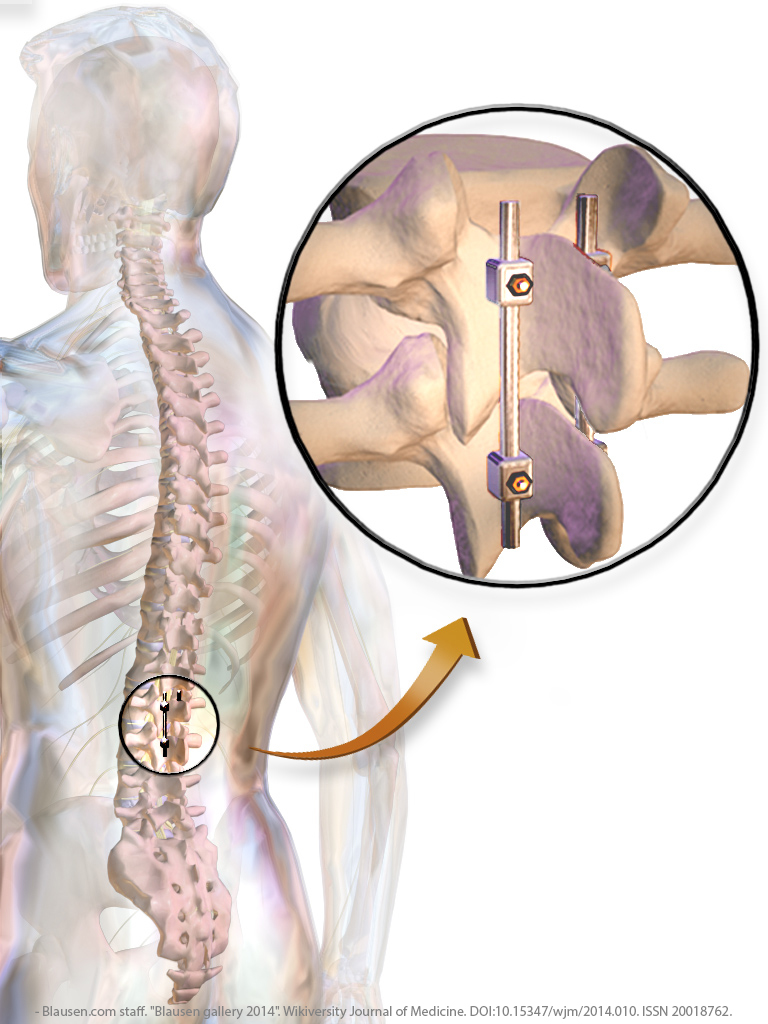


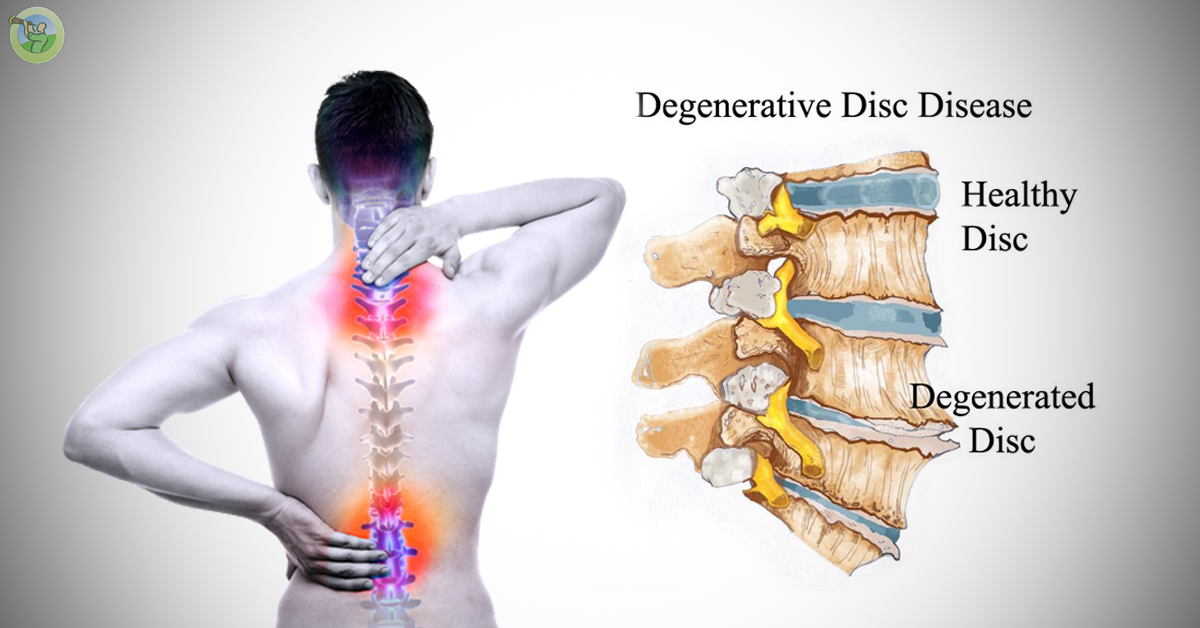




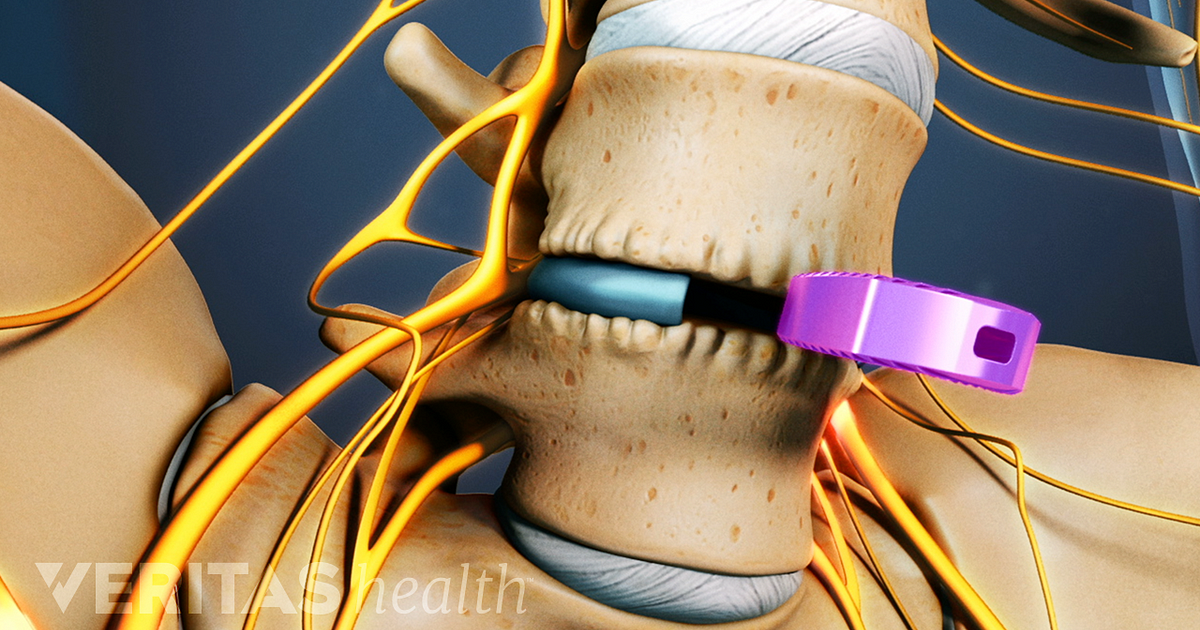




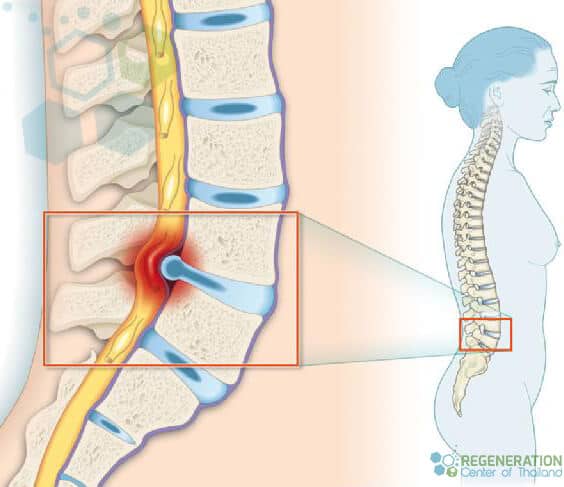


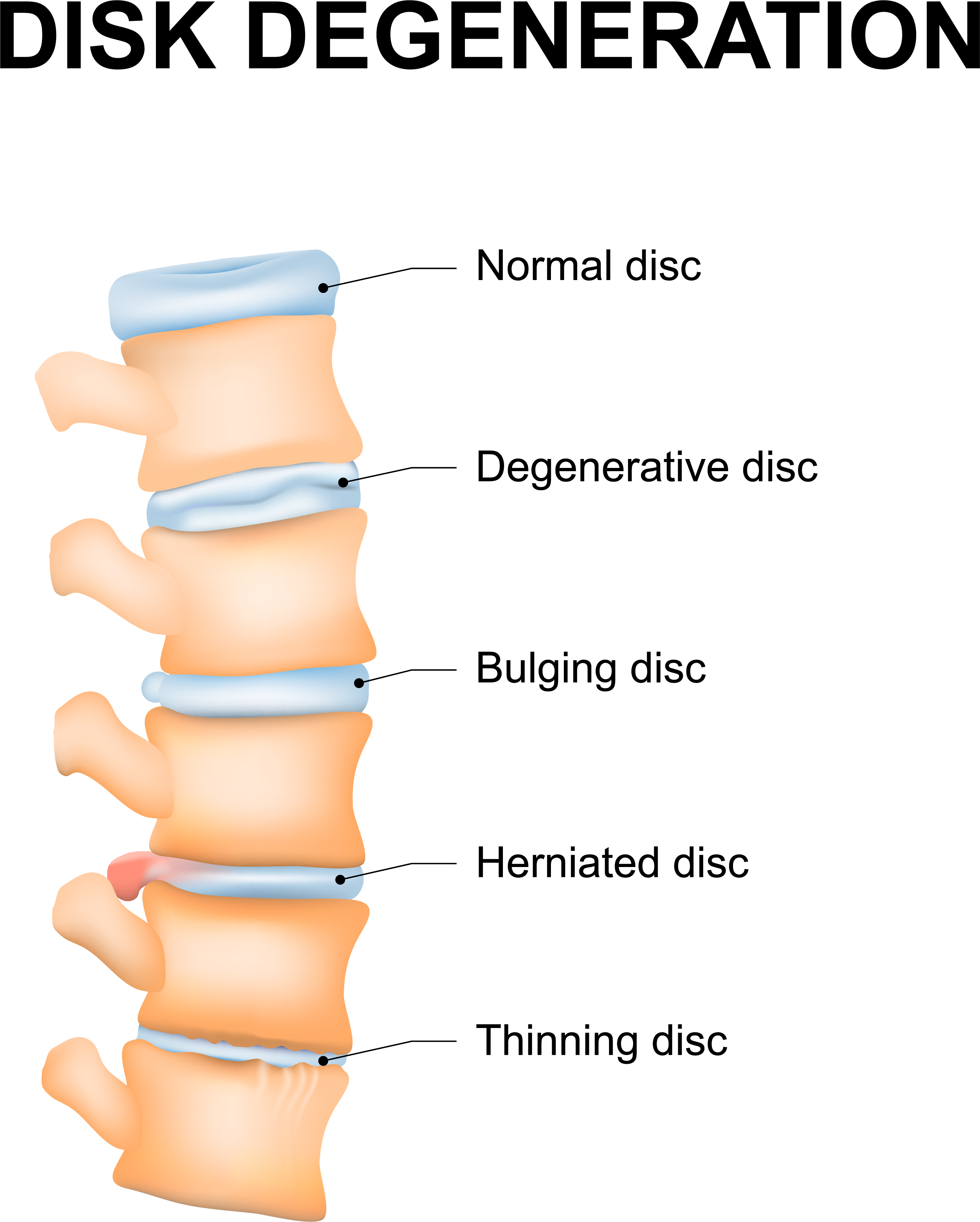






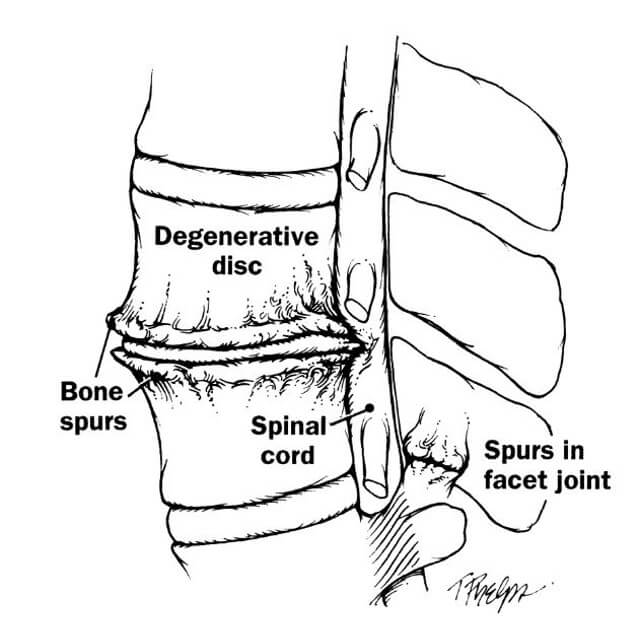

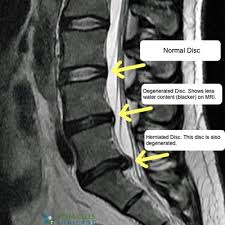





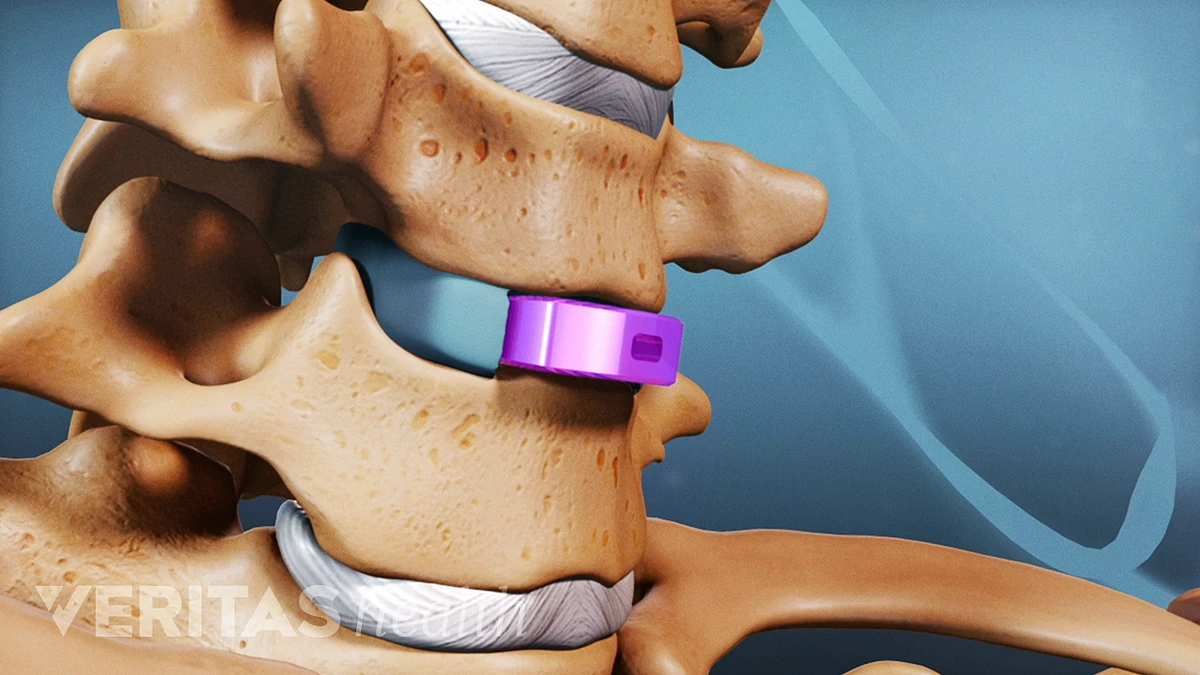
/back-problems--857090084-59de734722fa3a00113bccba.jpg)
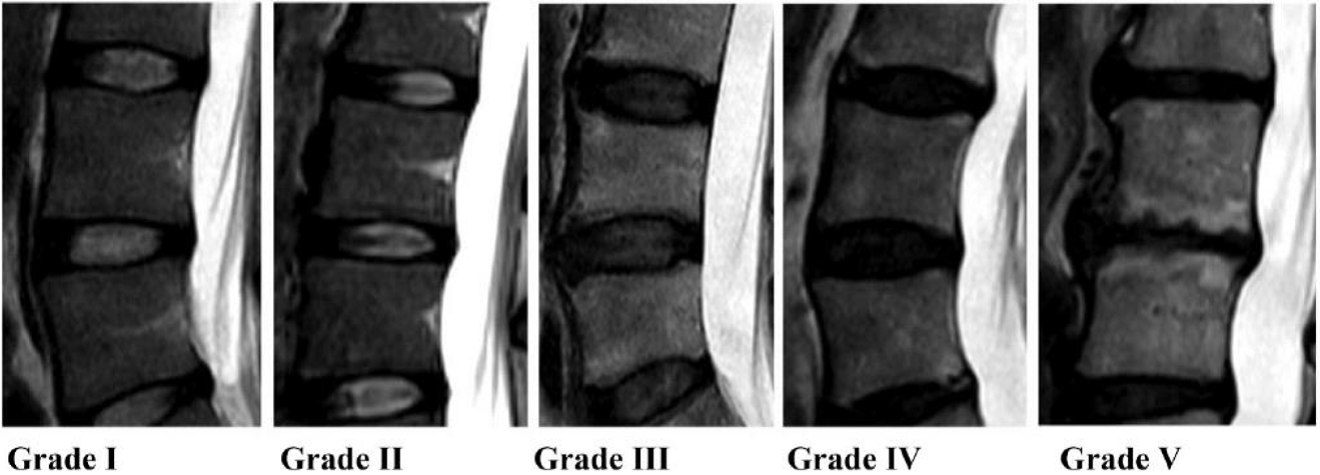
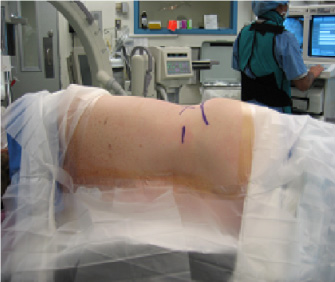






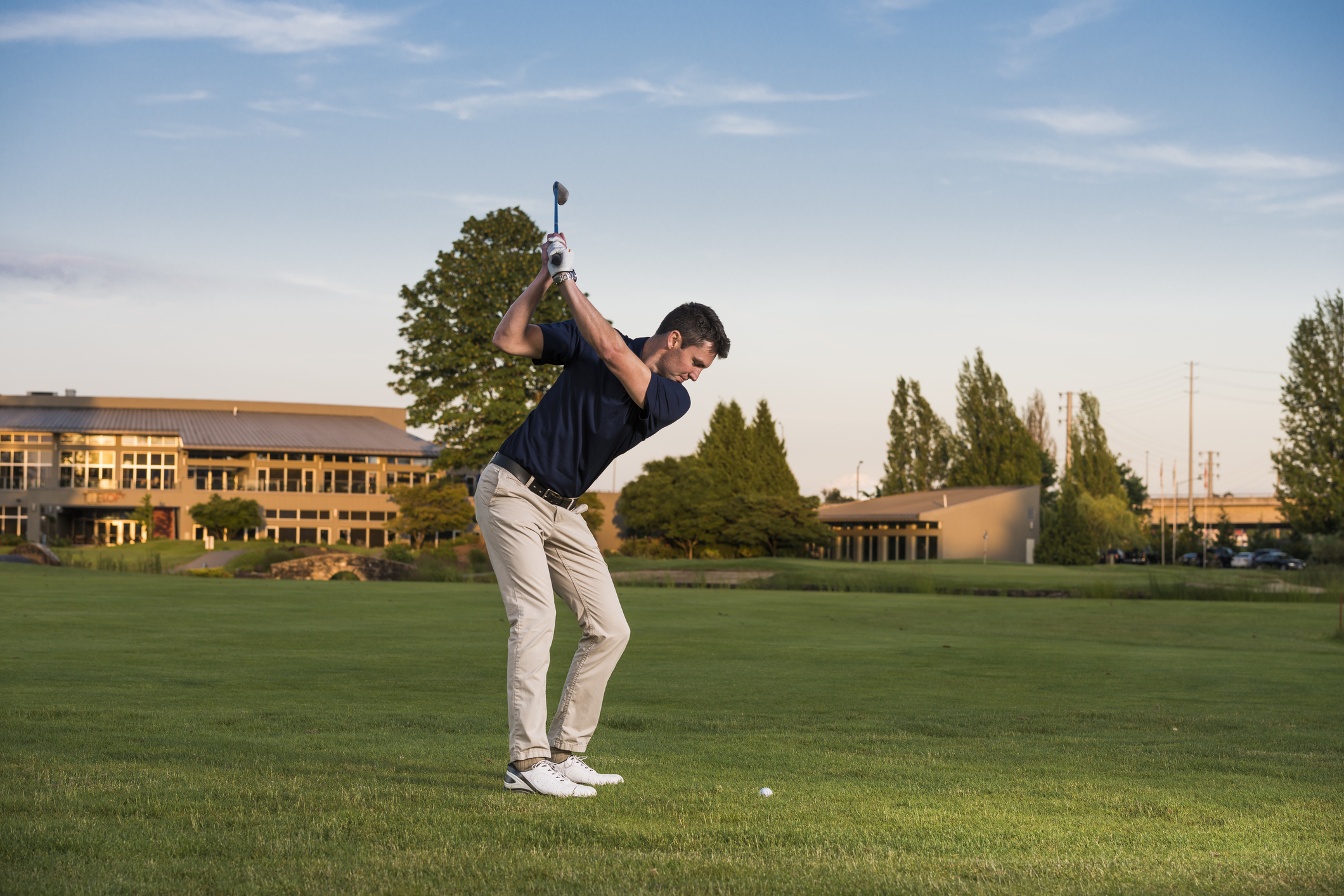
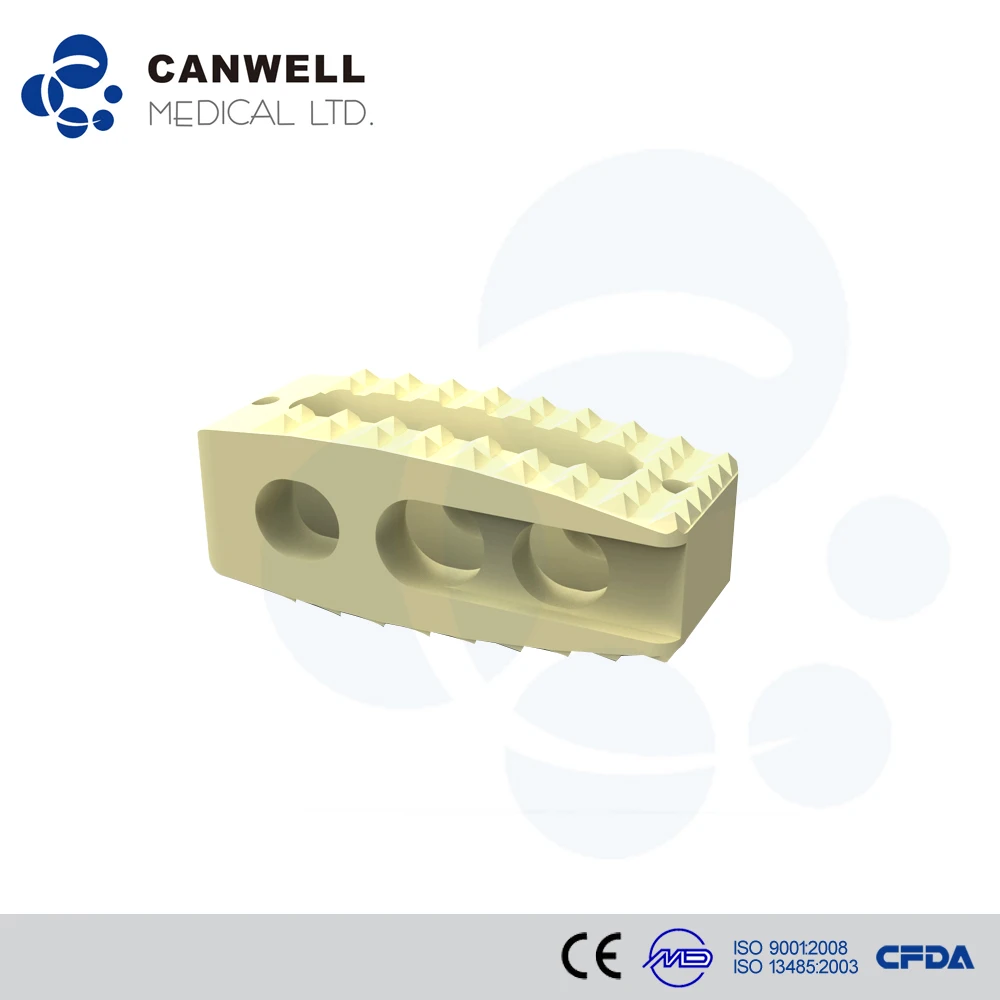
Post a Comment for "Degenerative Disc Disease Fusion"